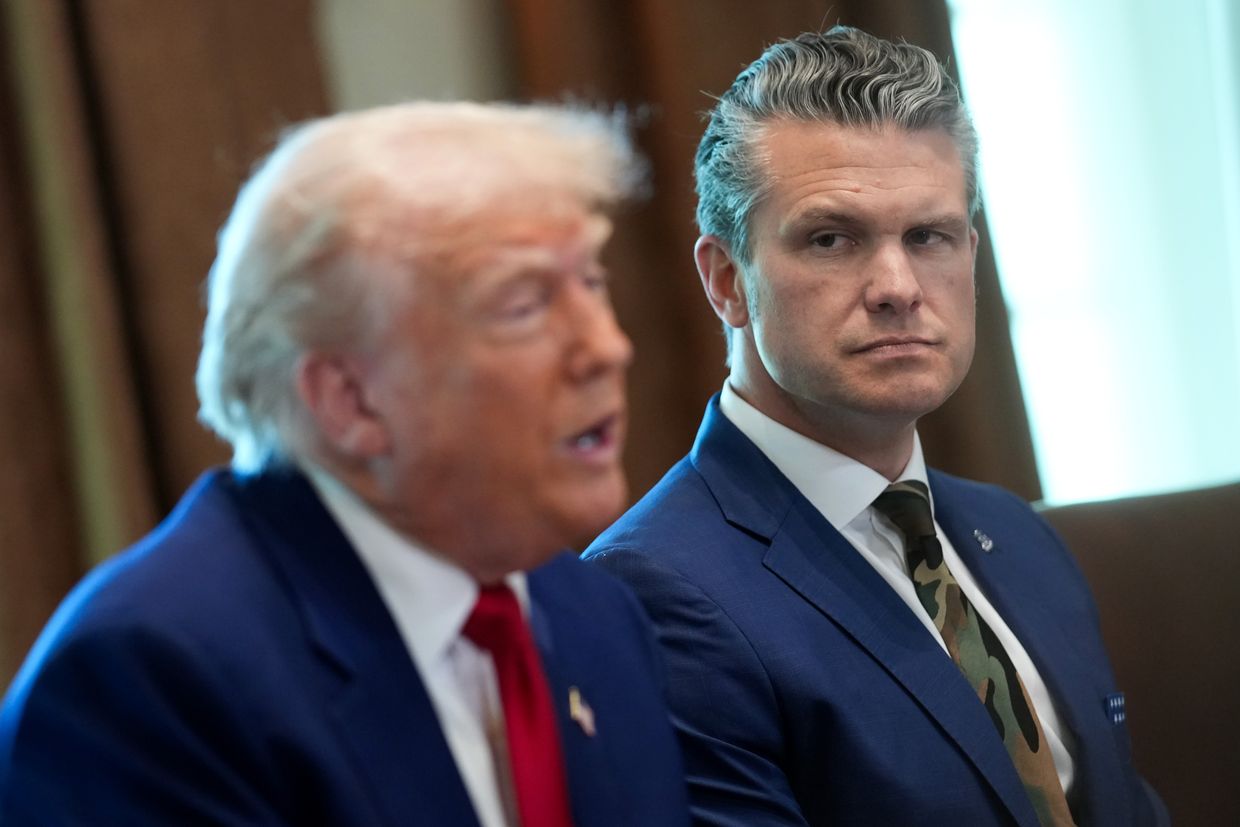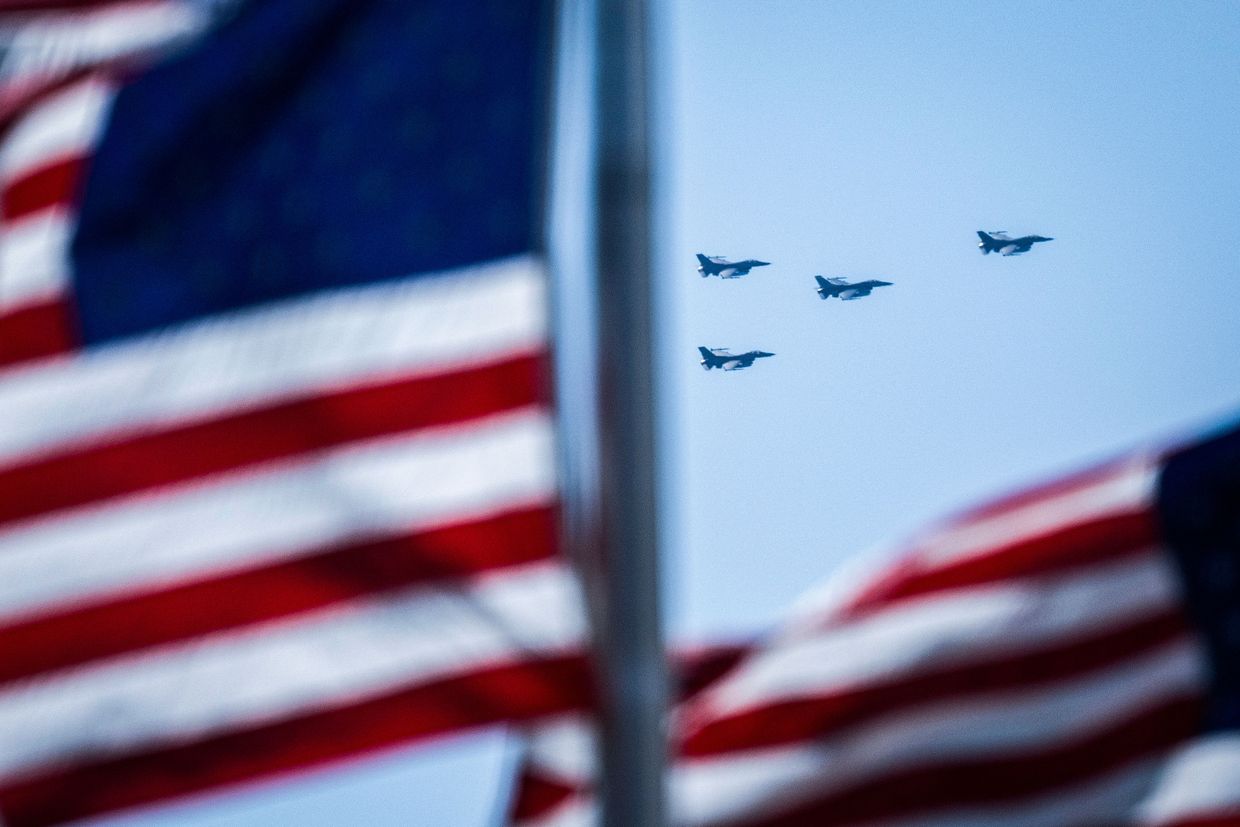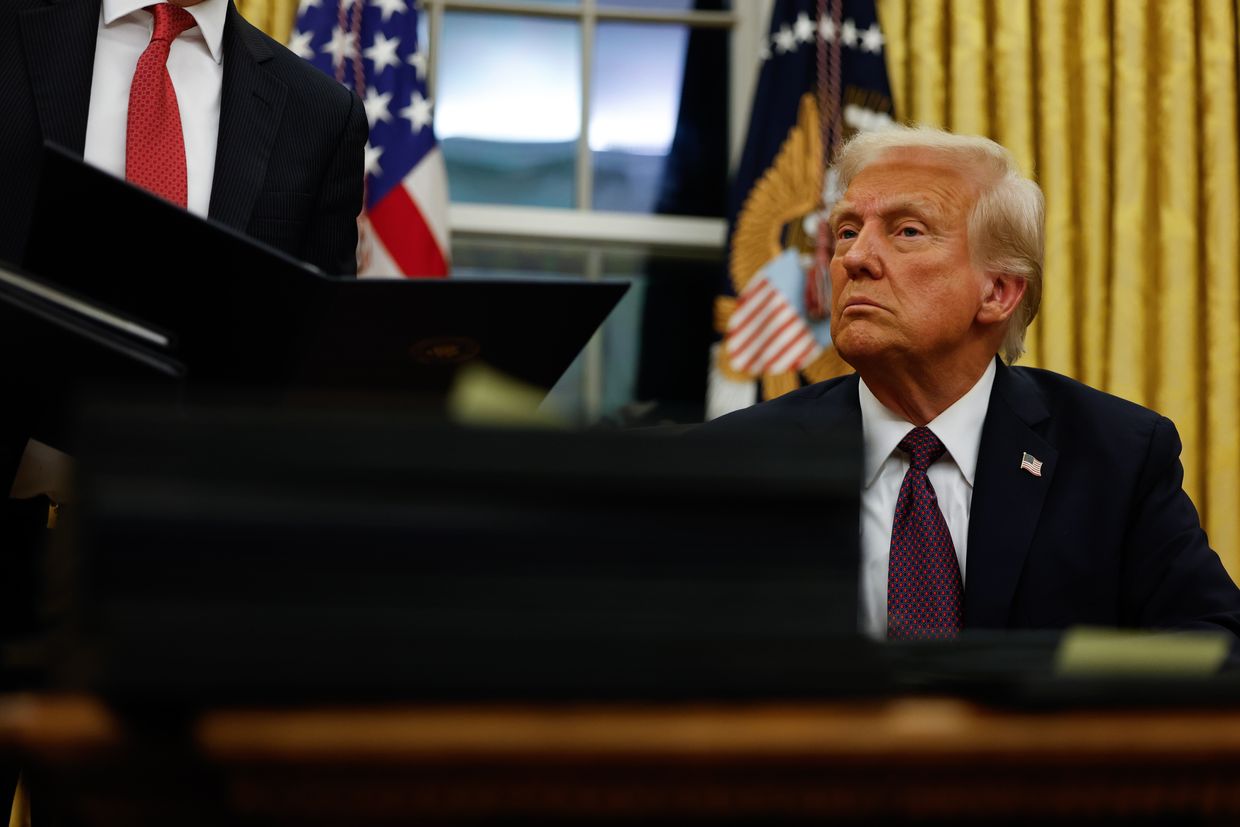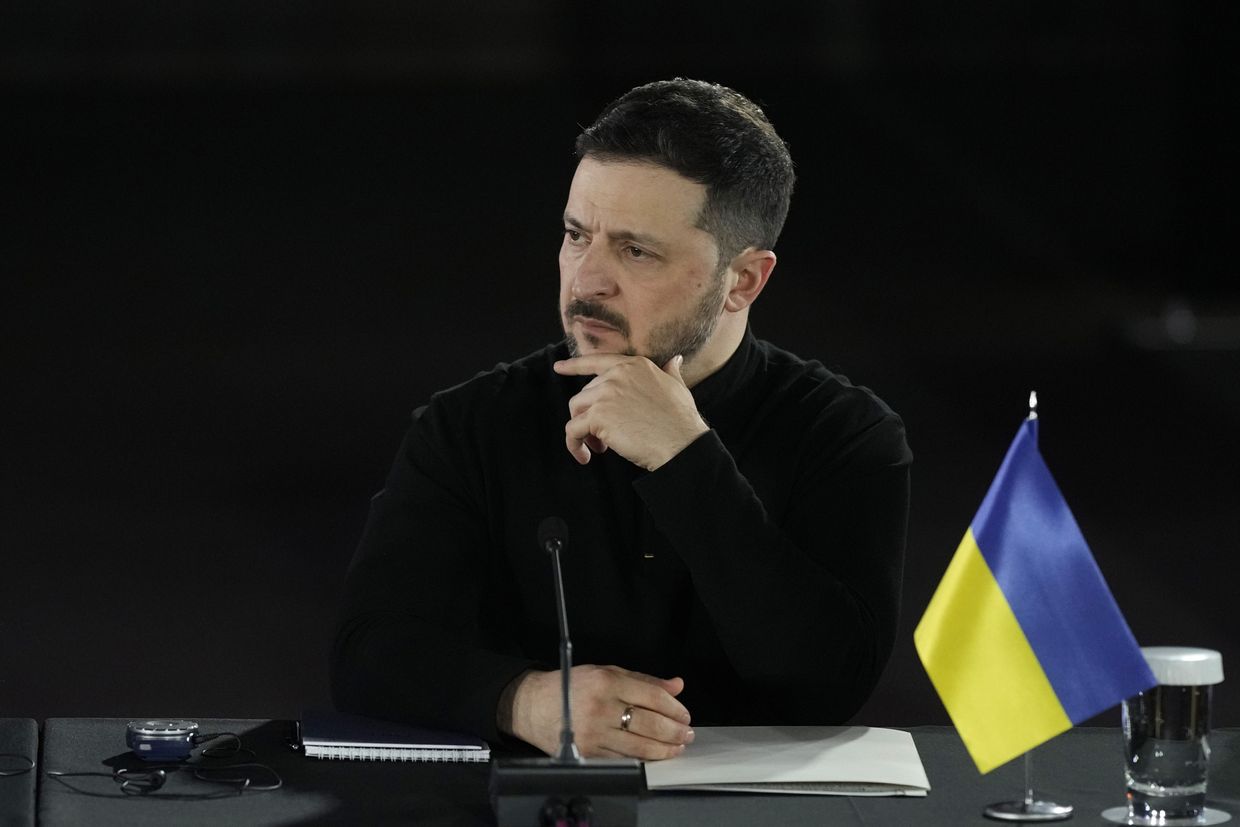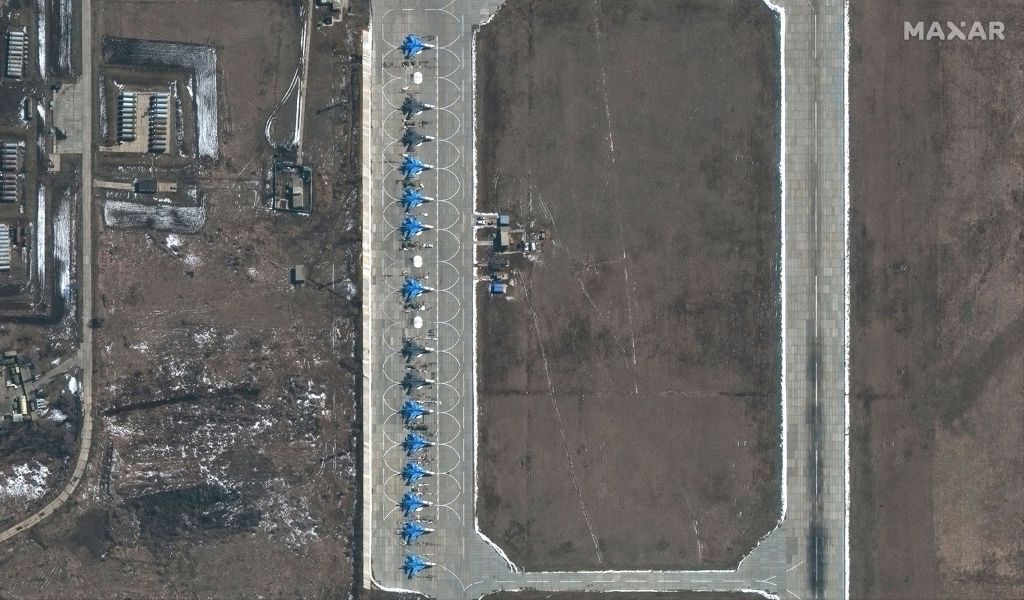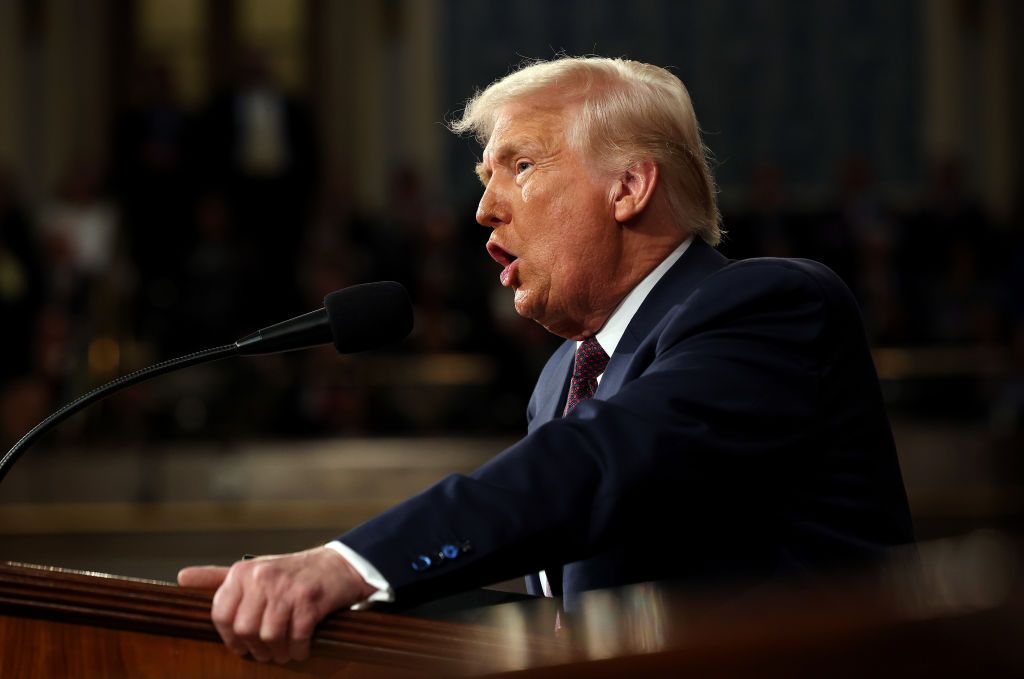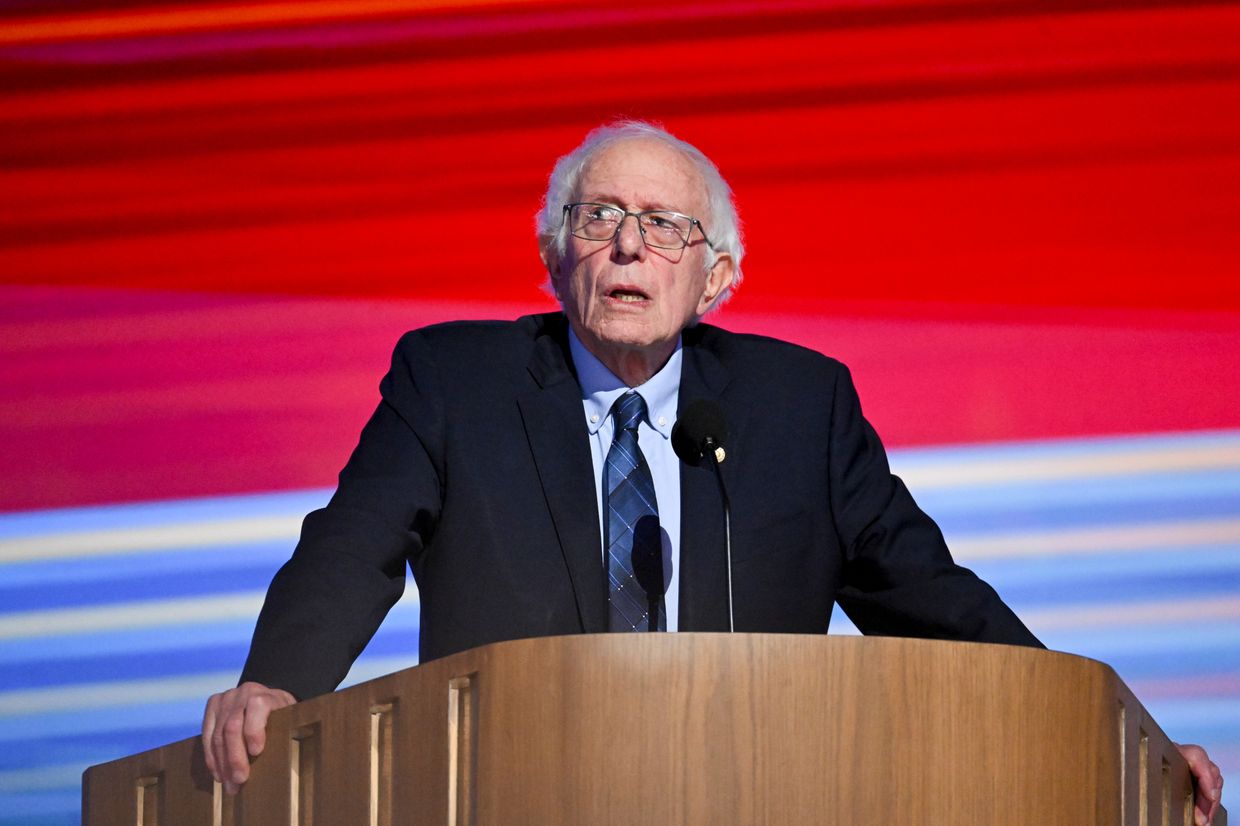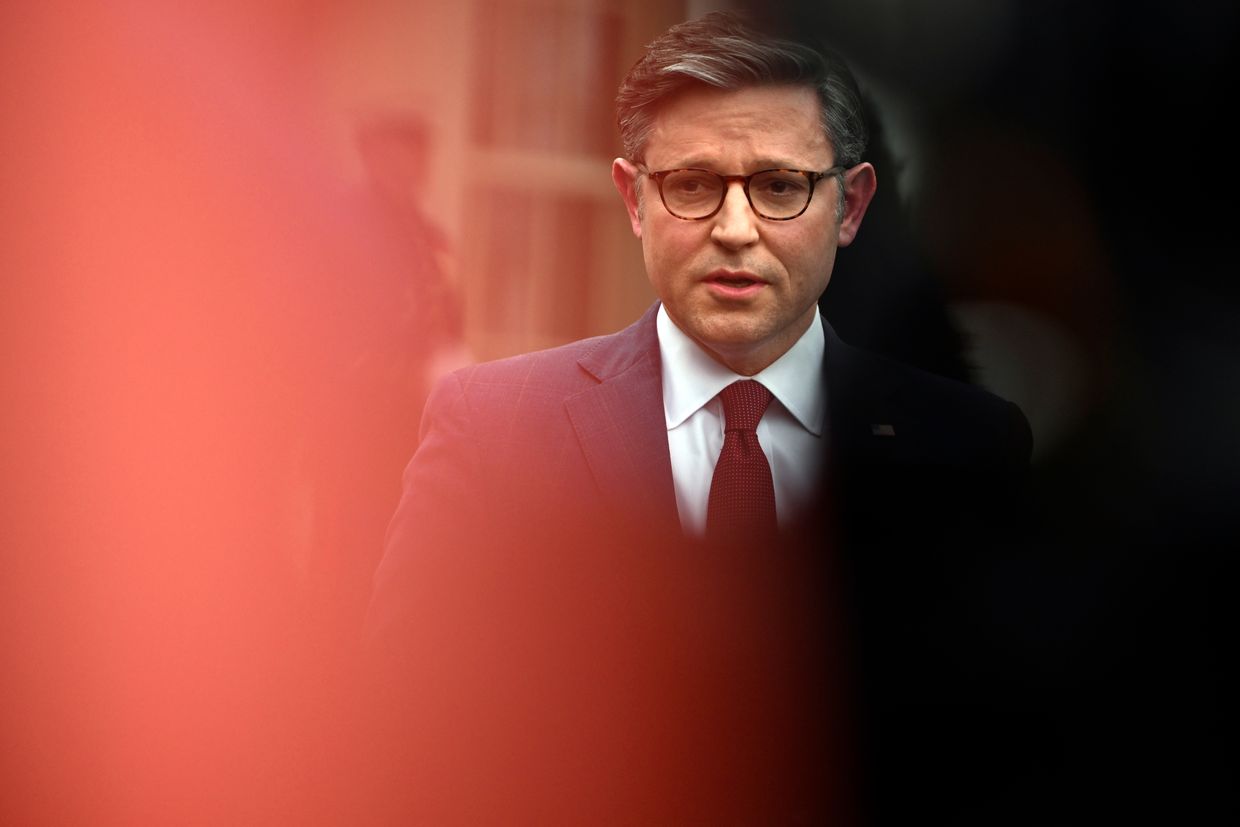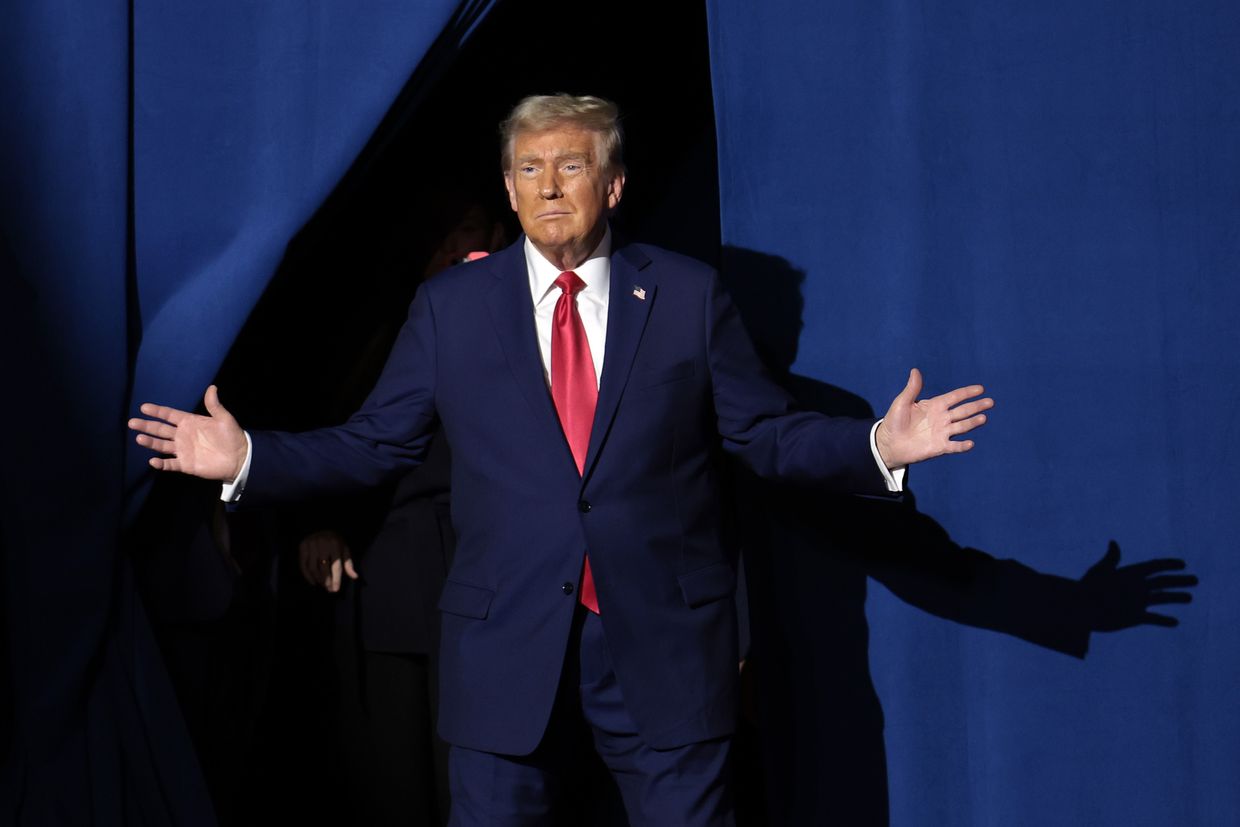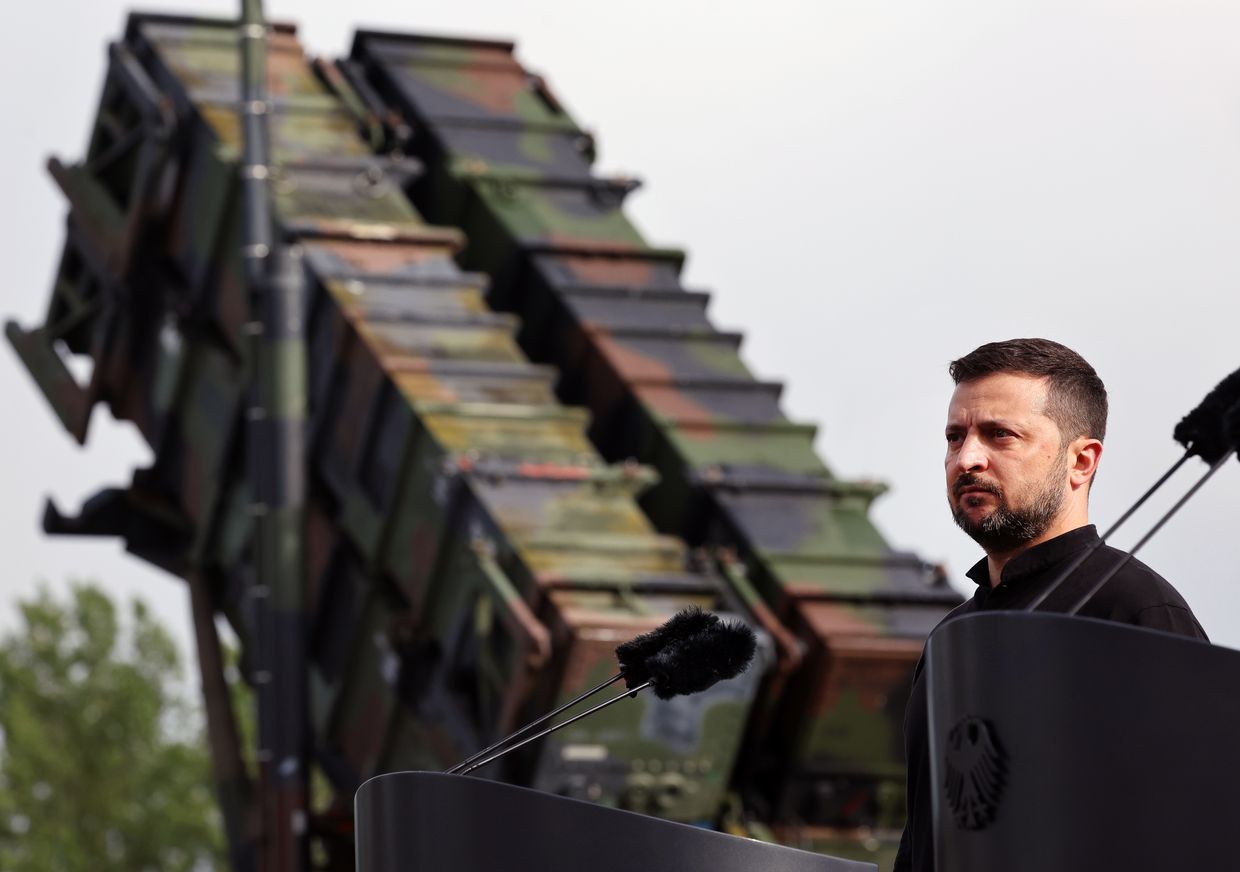
Ukraine war latest: As Russia ramps up missile attacks, US halts promised air defense shipments to Ukraine
Key developments on July 2: * As Russia ramps up missile attacks, US halts promised air defense shipments to Ukraine * North Korea to send up to 30,000 more troops to aid Russia's war against Ukraine, CNN reports * Ukraine denies another Russian claim of Dnipropetrovsk Oblast breakthrough, says small incursion repelled







